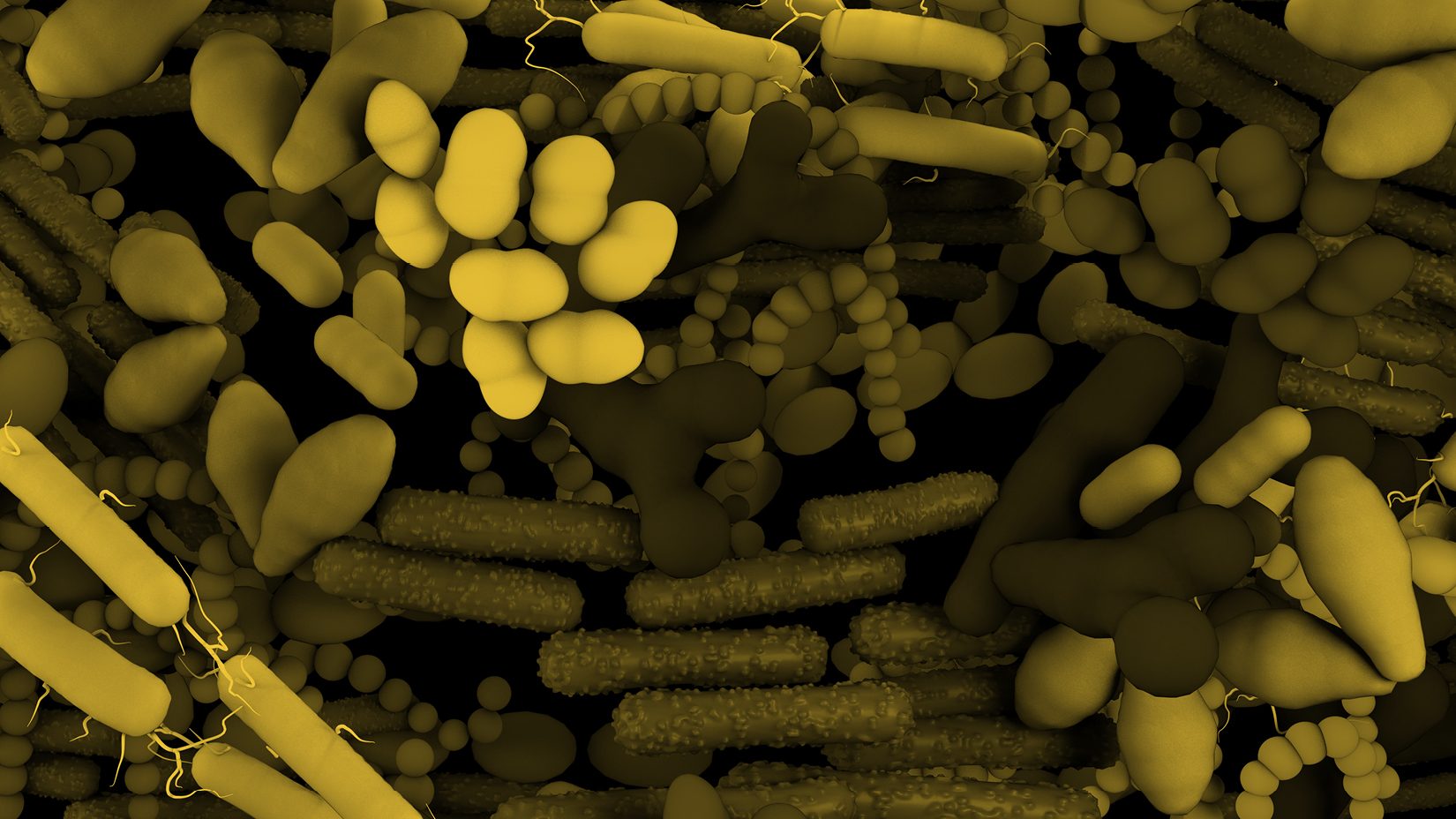Complete Genome Sequence of Strain JB001, a Member of Saccharibacteria Clade G6

The complexity and diversity of the microbial world was not fully understood until sequencing technology allowed us to study microbes without growing them in the lab. An important family of bacteria, Saccharibacteria (formerly called TM7), is one of the many bacteria of interest which were difficult to grow in the lab but now are currently being studied by researchers at JCVI.
In 2015, a team of scientists from JCVI, UCLA, UCSD, the University of Washington, and the University of Minnesota isolated and grew a Saccharibacteria species for the first time, and in the process discovered why the feat had been so difficult. Saccharibacteria are actually tiny parasitic bacteria that required a larger host bacteria for growth and survival. Many aspects of the lifestyle of Saccharibacteria, and their specific role in human health, still remain a mystery. However, over the following six years, scientists learned that there are actually at least six major families of Saccharibacteria inhabiting the human oral cavity, and evidence has accumulated linking Saccharibacteria to inflammation and periodontal disease. Of the six families, called clades G1-G6, cultured isolates and complete genomes outside of clade G1 have continued to elude scientists.
A recent study examining the oral microbiome associated with tooth decay, led by Dr. Jonathon Baker, Staff Scientist at JCVI (Baker et al., 2021, Genome Research), provided several interesting and high quality Saccharibacteria genomes. “Because we sequenced so deeply, our G3 and G6 genomes were better than anything that was out there, and with recent advances in long-read nanopore sequencing, I thought we might be able to complete some of these genomes and finally gain insight into the non-G1 groups” said Dr. Baker. Nanopore sequencing produces very long reads of DNA, ideally suited for completing genomes.
The work that followed, published in Microbiology Resource Announcements and bioRxiv, produced 3 complete genome sequences of strains from clade G6, the first complete genomes from the clade and the first of strains outside of G1. What was surprising were the substantial differences between the new G6 genomes and the G1 genomes. “It seems like since their last common ancestor, G1 and G6 have lost different metabolic pathways as they became parasites and started relying on hosts to fulfill these needs. Which means they are likely to have different host-dependencies or even different hosts. This would have big implications for their evolution, ecological niche, and role in human health,” explained Dr. Baker. With these new sequences available, Dr. Baker thinks it should be easier for scientists to determine if the clade G6 Saccharibacteria are associated with particular disease processes, and hopefully isolate G6 strains to finally learn about their lifestyle and what their hosts are. “These microbes are extremely common in our mouths, yet we know almost nothing about them and how they affect us. This is a critical step towards this understanding.”